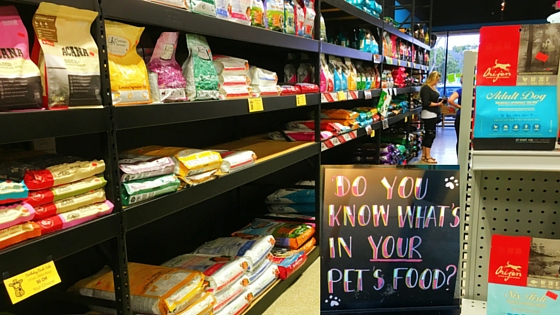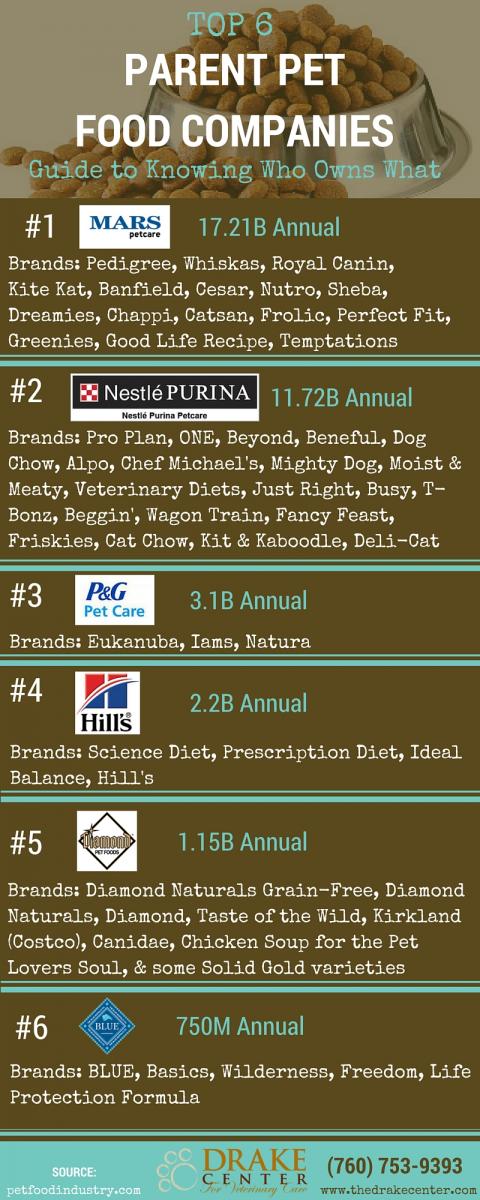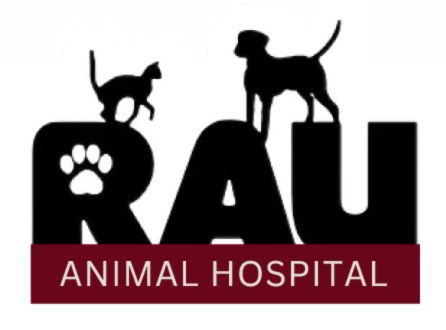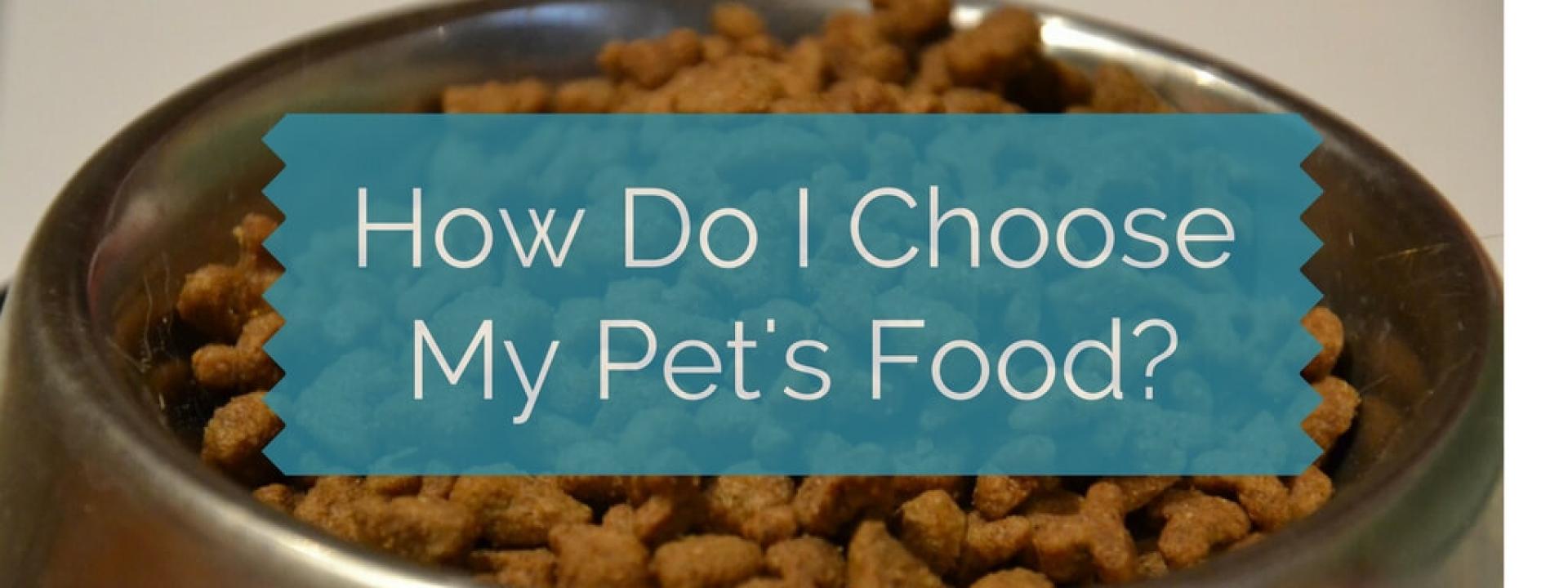Choosing the right diet for your pet is one of the most important things that you can offer them. Unfortunately it is not a simple question, even for a healthy pet. There are literally thousands of different pet foods with new ones every week. Even the ones we know well get their formulations changed periodically and we have no idea when. Feeding options have become complicated by a mixture of science, hype, marketing and convenience. There is so much we do not know about nutrition. Just look at how the recommendations for humans change and there is lots of research being done on human nutrition. There is very little, in comparison, done on pet nutrition and most of it is for “normal” pets; not ones with issues.
When I am asked this question, I rarely give just one diet option. I know this can be disappointing but there is no way to know the “best” diet for a particular pet. The only way to know is to break down the health concerns, see what we know about nutritional requirements with these concerns and then feed the diet and monitor what happens. Dogs and cats are individuals and what the same food does in different bodies is highly variable as many people already know. You may go through 10 diets before you find “the diet”. If your pet is healthy and can seemingly handle any diet, then it is probably best to find a few you like and rotate. If your pet has a sensitive stomach, and develops diarrhea or soft stool easily, pick one manufacturer and protein type. Be consistent, unless your vet suggests otherwise.
What you should consider for healthy pets:
1. There is very little standardization in the pet food industry.
For example, one company’s senior diet can have completely different nutrient amounts than another senior diet. In order to know what the company has changed in order to call it “senior”, you have to ask. A senior diet basically means nothing. Some companies have great websites that explain their diets and some do not. Forget about the ones that do not. In this day and age there is no reason to have a website with pretty pictures and no information. Know what is in the diet your feeding and why it’s in there.

2. The caloric density is highly variable between diets.
One diet might have 300 calories per cup and another 500 calories. Diets that are high in protein and lower in carbohydrates are usually higher in calories as well because they tend to be higher in fat. This is very important depending on what the weight goals are for your pet. Know how many calories your pet is eating so it can be adjusted depending on their weight. This information should be readily available on the website.
 3. Pets are genetically different from one another.
3. Pets are genetically different from one another.
Pet foods are formulated for generic norms but individual micro and macro nutrients are variable between foods. Nutrient level requirements for one healthy individual can be very different from another healthy individual. This is why it can be helpful to vary the diet over time hoping to make up for these differences. It is not enough to change flavors within the same company. Change manufacturers. Also, some manufacturers make several brands. Know the parent company so you can change to a different one as you vary the diet. For instance, Diamond, Taste of the Wild, Canidae, Chicken Soup for the Pet Lovers Soul, some Solid Gold varieties and Kirkland brands are all from the parent company Diamond Pet Foods, Inc. There are only 5-6 major parent companies for the majority of the foods at the pet store. There are some private labels as well. It is very interesting to me to learn who is making the food on the shelves.
4. Nutritional knowledge is constantly changing.
It is important that a pet food company stay current. They should have a veterinary nutritionist on staff working with them to formulate their diets and change them as knowledge and understanding change. Ideally they should perform diet trials so that they know what the food does in actual bodies. Any health claims the company makes should be substantiated by feeding trials. The diet should have AAFCO certification at a minimum. AAFCO is currently the only national standard for commercially prepared pet food. It is far from perfect but it’s all we have.
5. Pet food companies aren’t perfect and bad things happen including contamination and recalls.
Think the melamine adulteration in 2007 which involved many companies. If you want to know how frequently a company has had their food recalled you can find it with a simple Google search. This doesn’t make a company good or bad but if there is a trend of increasing recalls be wary. There are plenty of foods available with few or no recalls. Is there clear contact information on the box/ bag so you can call someone if you have a problem or question about the food?
6. There are now many non kibble options in addition to canned food and these appeal to many people.
These manufacturers should be held to the same standard as the others including having the ingredients, nutrient profiles, calories and contact info readily available. I also avoid very young companies without a proven track record. This does not mean I would not use them in the future though if they consistently turn out a quality product.
7. Other strategies appeal to some people like local or domestic sourcing, organic ingredients, fresh ingredients, etc.
If you have a particular interest, there is likely a diet available, just do your homework. Keep in mind that many terms on the label have no actual definition like natural, holistic, ancestral, wild, etc. Diets that use this type labeling might be great diets but it’s not going to be the label that tells you that. The label is simply marketing. Other marketing verbiage with little to no meaning include celebrity endorsements, veterinarian recommended and Top Breeder recommended. It takes one veterinarian or one breeder to make this claim. I love celebrities as much as the next person but they are not nutrition experts and they have a stake in the sale of the product they are endorsing. Does the company support veterinary nutrition research? This is probable beyond the resources of smaller companies but not the larger ones. Do they help add knowledge to nutritional health through ethical research?
8. If you have a healthy pet, I would stick to “normal” ingredients.
Beef, chicken, fish and save the novel protein ingredients like rabbit, duck, bison in case they need a novel diet later in life. Home cooking a diet is a viable option if you like to cook and probably good for your pet. Make sure you trust the recipe you are using. A balanced diet can be formulated from a veterinary nutritionist. Here are a couple resources: balanceit.com, petdiets.com, and if like the home cooking option but don’t want to cook check out justfoodfordogs.com
If you want a kibbled diet but like to add “a little something fresh” consider antioxidant and phytonutrient rich cooked or finely chopped raw vegetables. Fruit is ok if your pet is not overweight. The rule of thumb is ¼ cup of veggies per 10 pounds of body weight. Work up to this amount and start with only one new veggie a week. Avoid grapes, raisins and the onion family.
9. Now for dogs with health concerns…
Well, that’s a whole other story and a good discussion for a veterinarian that knows your pet. Here’s to happy, healthy eating!

